Islands have always captivated human imagination as isolated worlds full of untold secrets. From lush paradises to barren deserts, each has its unique charm and mysteries. However, there’s one island shrouded in such intrigue that its very existence poses more questions than answers: North Sentinel Island. Located in the Indian Ocean’s Andaman archipelago, this island remains one of the most enigmatic places on Earth. Let’s delve into the various aspects of this island and uncover why it continues to baffle explorers and scientists alike.
Introduction to North Sentinel Island
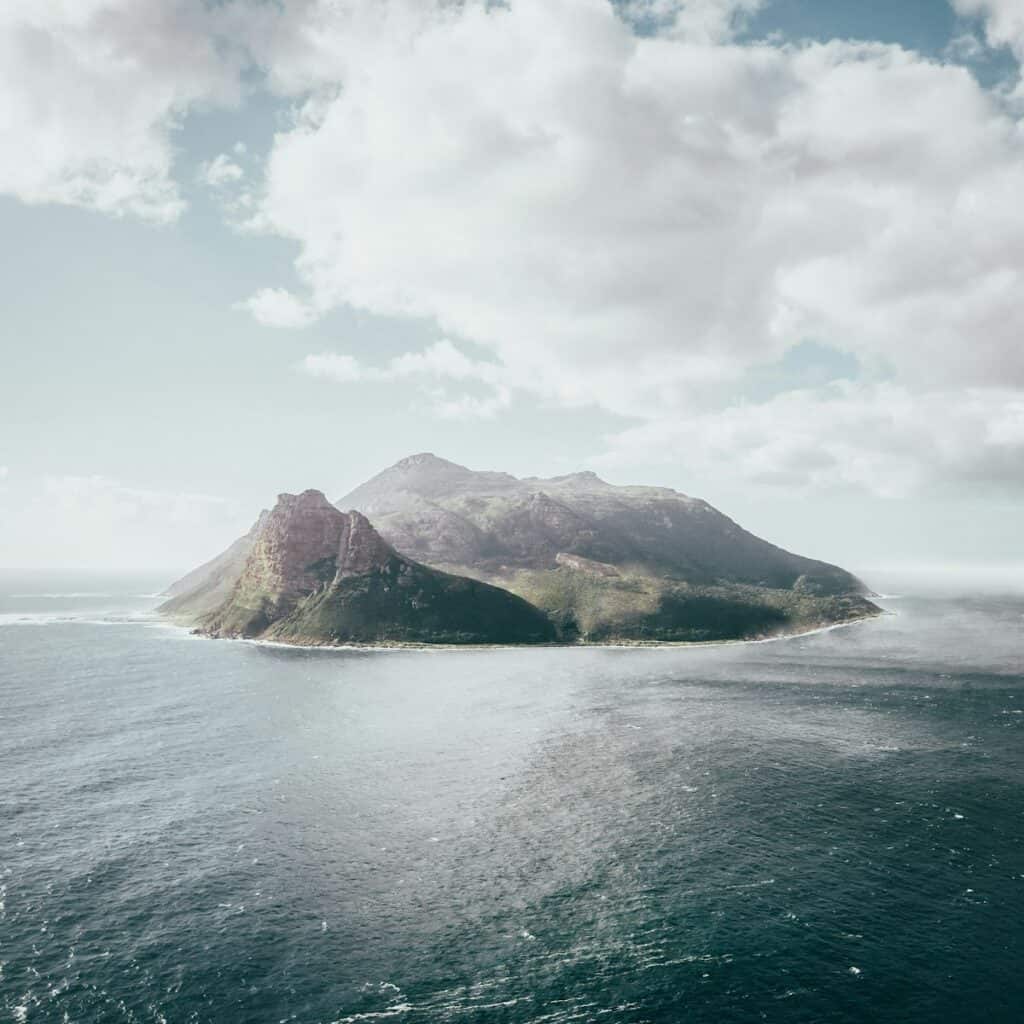
North Sentinel Island is part of the Andaman and Nicobar Islands, a group of islands in the Bay of Bengal. Despite its location on the map, this island remains one of the least explored territories on the planet. What makes it so mysterious is not only its isolation but also the inhabitants who fiercely protect their home from outsiders.
The Isolated Inhabitants

The Sentinelese people, who inhabit North Sentinel Island, are among the last uncontacted tribes in the world. They have lived on the island for tens of thousands of years, maintaining a traditional hunter-gatherer lifestyle. Known for their hostile reception of any outsiders, they have succeeded in keeping the modern world at bay.
Efforts to Establish Contact

Attempts to establish contact or study the Sentinelese have been met with resistance. Indian authorities, who govern the region, have made several efforts to initiate peaceful interactions; however, these have been largely unsuccessful. The island’s inhabitants have made it clear through aggressive means, such as arrows and spears, that they have no desire for outside contact.
The Protectors of Their Culture
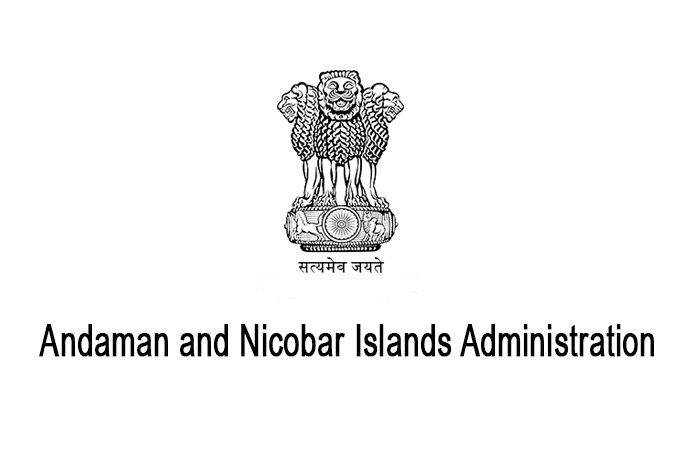
The fierce resistance shown by the Sentinelese is believed to be driven by a desire to protect their way of life and avoid the detrimental impacts of modern civilization. Other indigenous groups have faced significant harm from diseases and cultural disruption upon contact with the outside world, reinforcing the Sentinelese’s isolation.
Physical Features of the Island
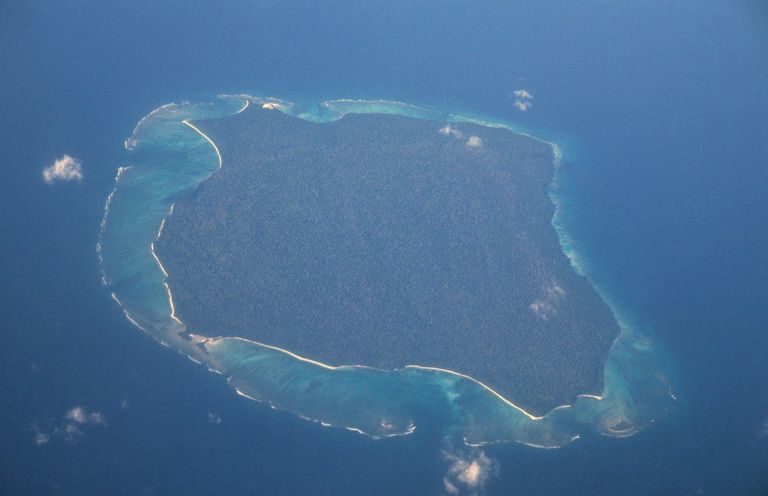
North Sentinel Island is small and densely forested, covering approximately 60 square kilometres (23 square miles). Its lush greenery and secluded beaches create an image of an untouched paradise. However, this remote haven’s dense jungles hide the lifestyle and settlements of its elusive inhabitants.
Dangers of Exploration
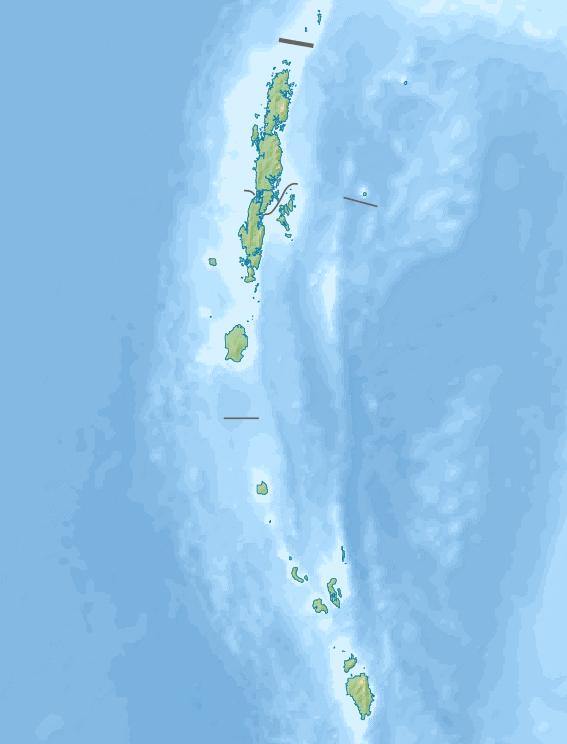
Numerous dangers await any explorer bold enough to venture near the island. The Sentinelese’s defensive tactics pose a significant risk, and the surrounding waters’ navigational challenges add another layer of difficulty. Furthermore, legal regulations imposed by the Indian government prohibit unauthorized visits, making exploration complicated and dangerous.
Legal and Ethical Considerations

Interesting legal and ethical questions arise from the existence of North Sentinel Island. International and Indian laws aim to protect the Sentinelese from external interference, acknowledging their right to remain uncontacted. Ethical considerations focus on respecting their autonomy and upholding their dignity.
Attempts to Map the Territory

Modern technology offers alternatives to direct exploration, such as satellite imagery and aerial drones. Despite these advancements, much of the island’s terrain and the lives of its inhabitants remain elusive. An aura of mystery continues to hang over the island as scientists and anthropologists strive to glimpse its secrets from afar.
Why No One Knows What’s There

The combination of vehemently protective inhabitants and difficult access has rendered North Sentinel Island an enigma. Its forests may hide undiscovered plant species or ancient traditions that have thrived in isolation for millennia. The fear of disrupting a pristine ecosystem or cultural heritage ensures the island remains an unsolved puzzle.
Cultural Impact and Speculations
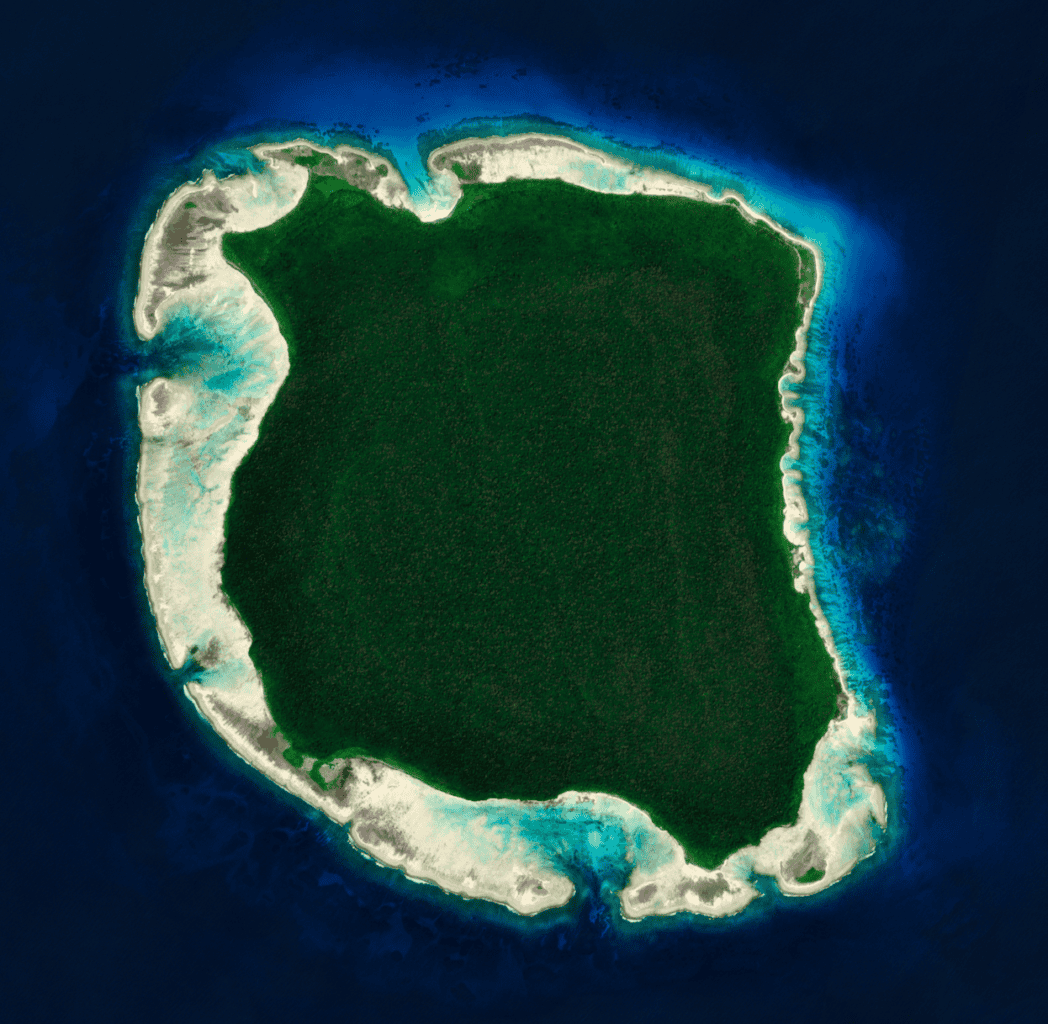
The mystery of North Sentinel Island has captured the world’s imagination, sparking countless theories and speculations about what lies within its borders. While some view it as a place stuck in time, others romanticize its untouched nature as an escape from modern life’s complexities. Its mystery continues to inspire curiosity and fascination.
The Role of Conservation and Respect
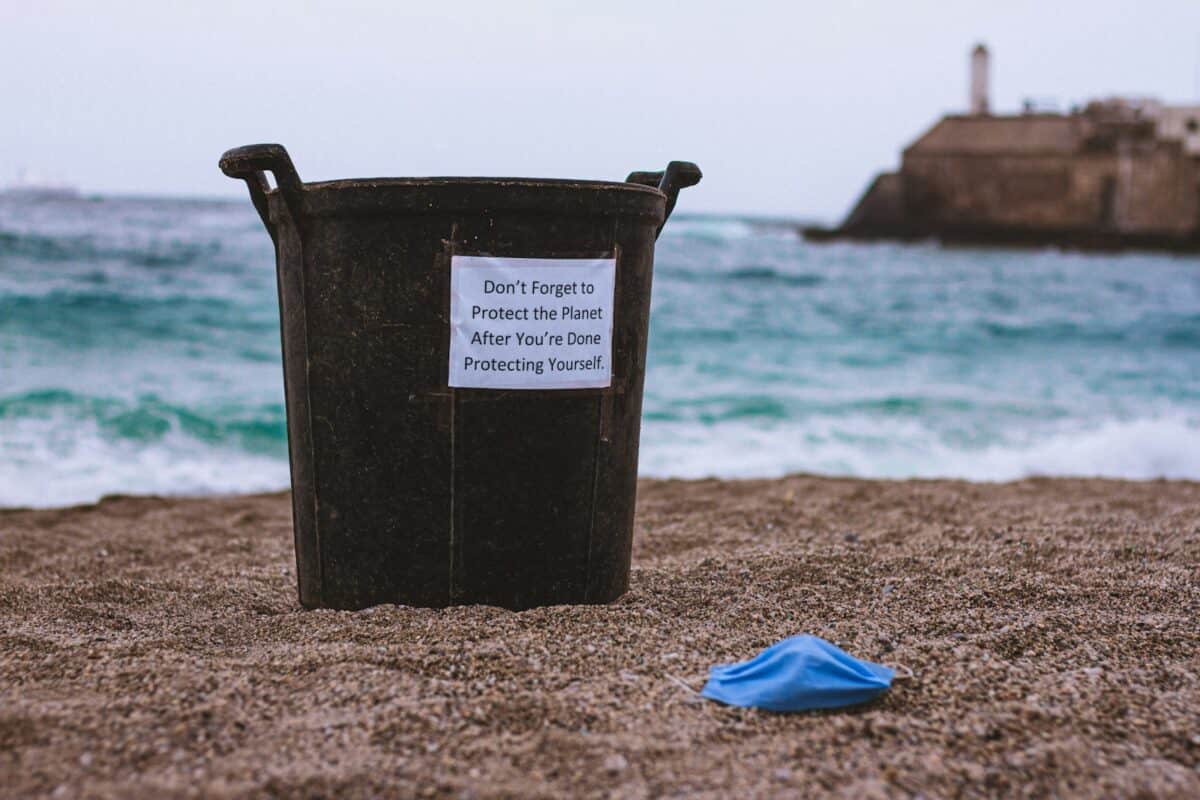
Protecting the Sentinelese and their island is a delicate balancing act of conservation and respect for human rights. It requires a commitment to safeguarding not only the physical environment but also ensuring that the tribe’s autonomy is preserved and respected.
North Sentinel Island’s status as one of Earth’s last mysteries underscores the vast diversity of life and culture on our planet. While modern explorations strive to connect and catalogue, this island stands as a testament to the resilience of human societies and their right to self-determination. The enigma of what lies on North Sentinel Island encourages a profound respect for the unknown and a recognition that some mysteries are best left undisturbed.
- What Makes a Champion Racehorse? Experts Explain - August 16, 2025
- The Wild Mustangs of Nevada Are a Living Piece of American History - August 16, 2025
- Why Flamingos Stand on One Leg - August 16, 2025

